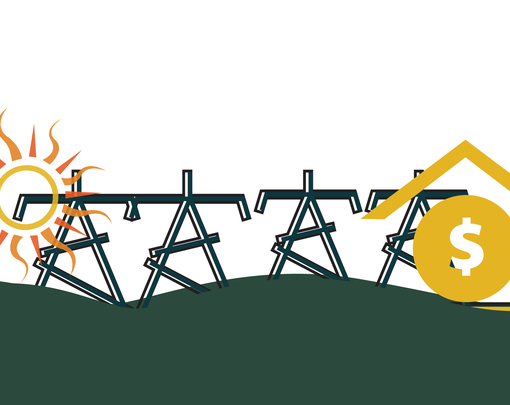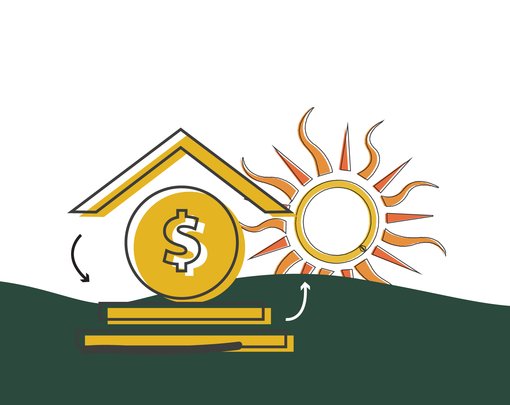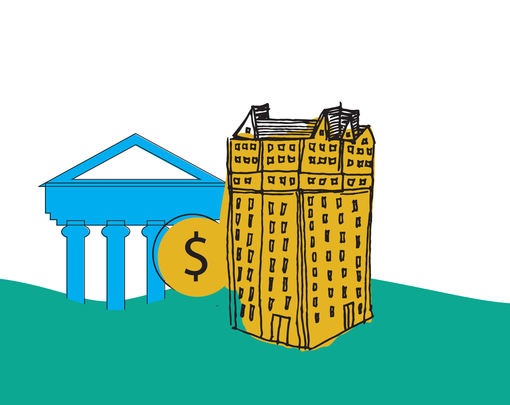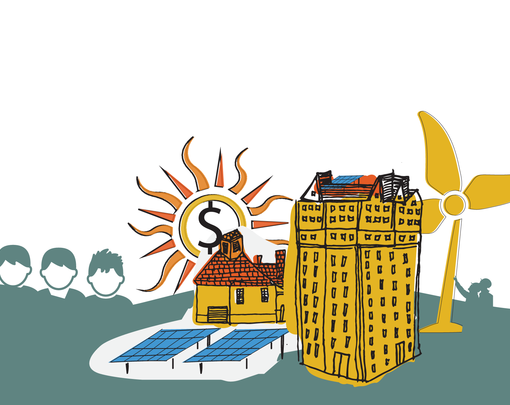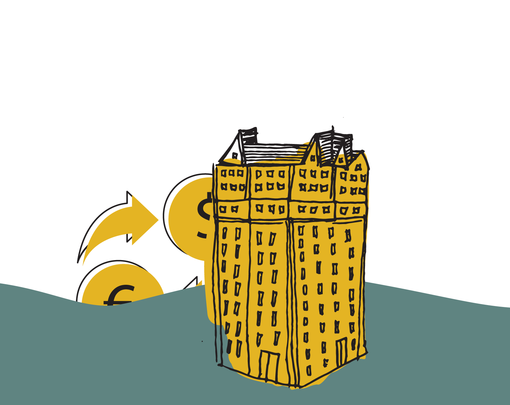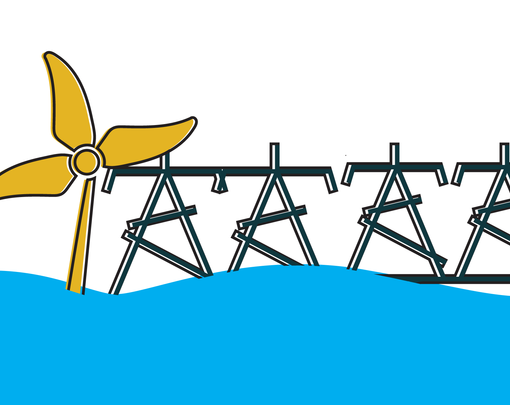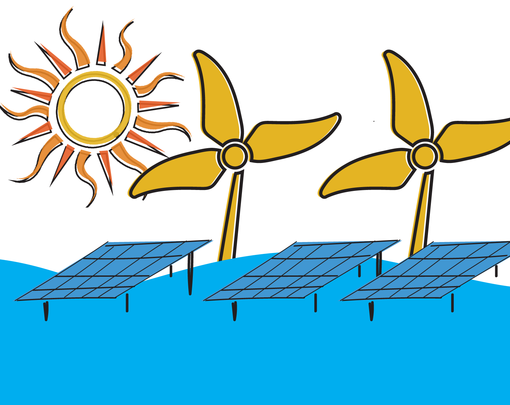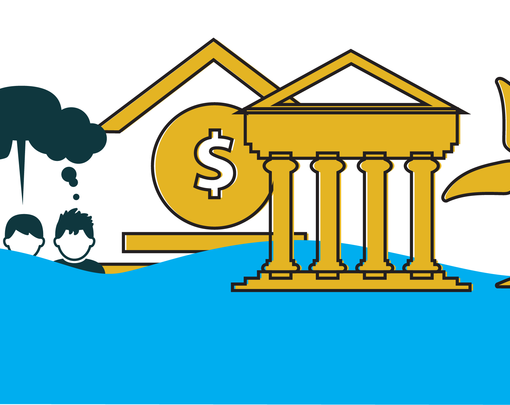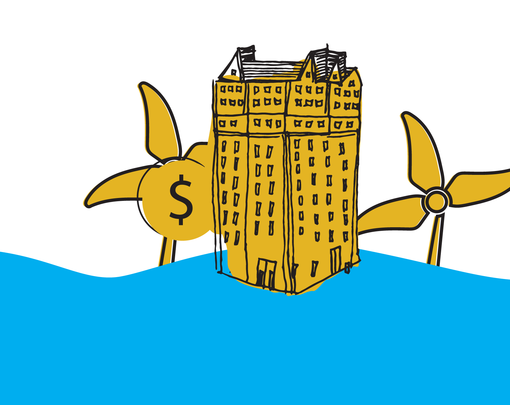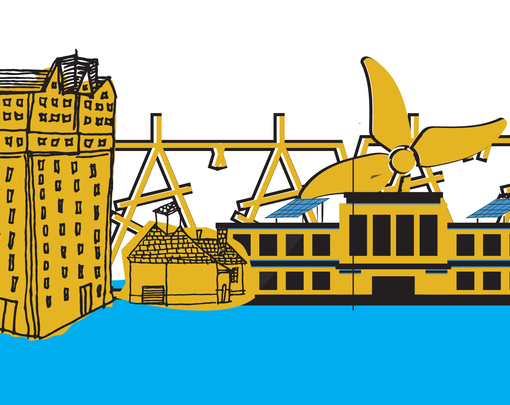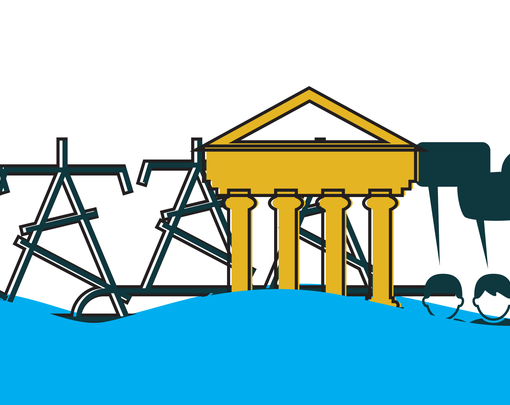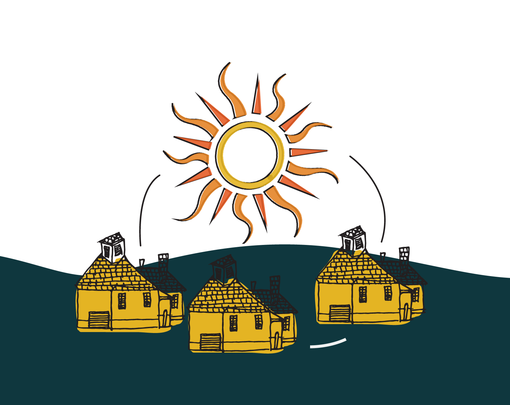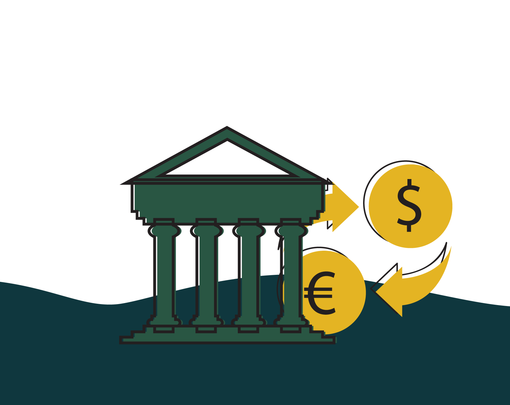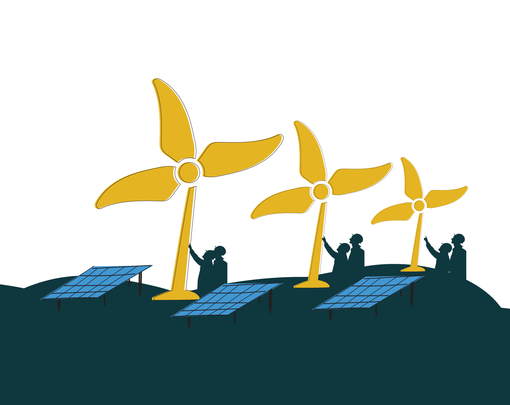Based on the polluter pay principle, a carbon tax attaches a usage fee to fossil fuels in proportion to the carbon content of the fuel, providing a financial incentive to reduce carbon dioxide emissions. Making use of existing mechanisms of tax collection available at local, state, or national levels, a carbon tax can be assessed as far upstream in the supply chain as possible, for example, at the point of extraction or at the wholesale level. The tax is phased in at a lower rate with a commitment to a predictable increase quickly enough to reduce emissions.
Policy Support:
On its own, the carbon tax is regressive. A carbon tax needs to be tied to public investments such as education, healthcare, energy efficiency, and community renewable energy, in addition to distributing dividend payments to taxpayers and/or including tax shifts for revenue neutrality to protect the most vulnerable.
Build Capacity?
Possibly. But only if the tax not only puts pressure on emissions, and also creates visible new resources for marginalized communities to participate in the green transition.
Risk & Drawbacks?
Proposed new taxes will face robust political opposition. Without community participation in the investment decision-making process, those investments may not meet community needs and/or exacerbate existing inequalities and patterns of exclusion.
Inspiring Examples:
Perhaps most famously, British Columbia’s revenue-neutral carbon tax, while not directly targeting public investments, has encouraged investments in renewables and energy efficiency at the local level, and other options for investments remain available as the tax rate increases.



